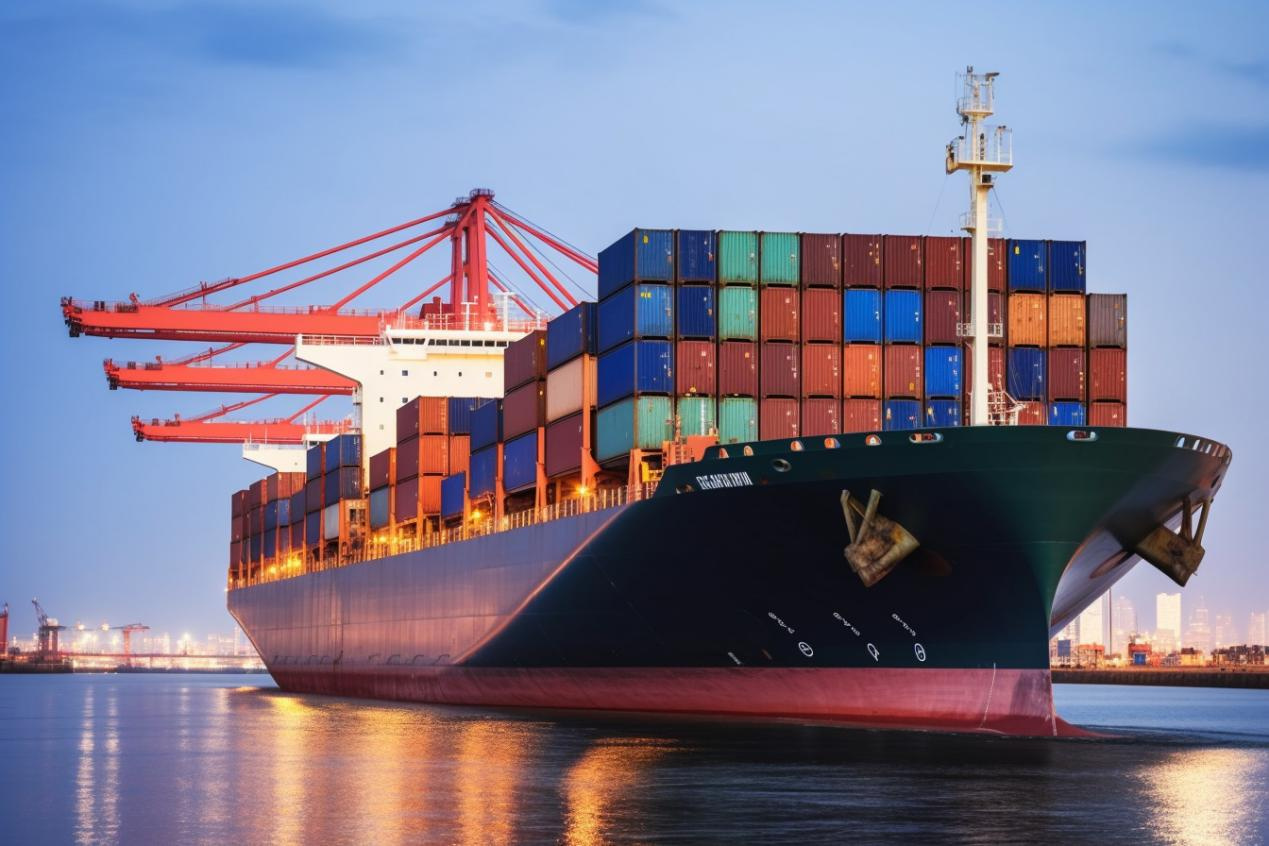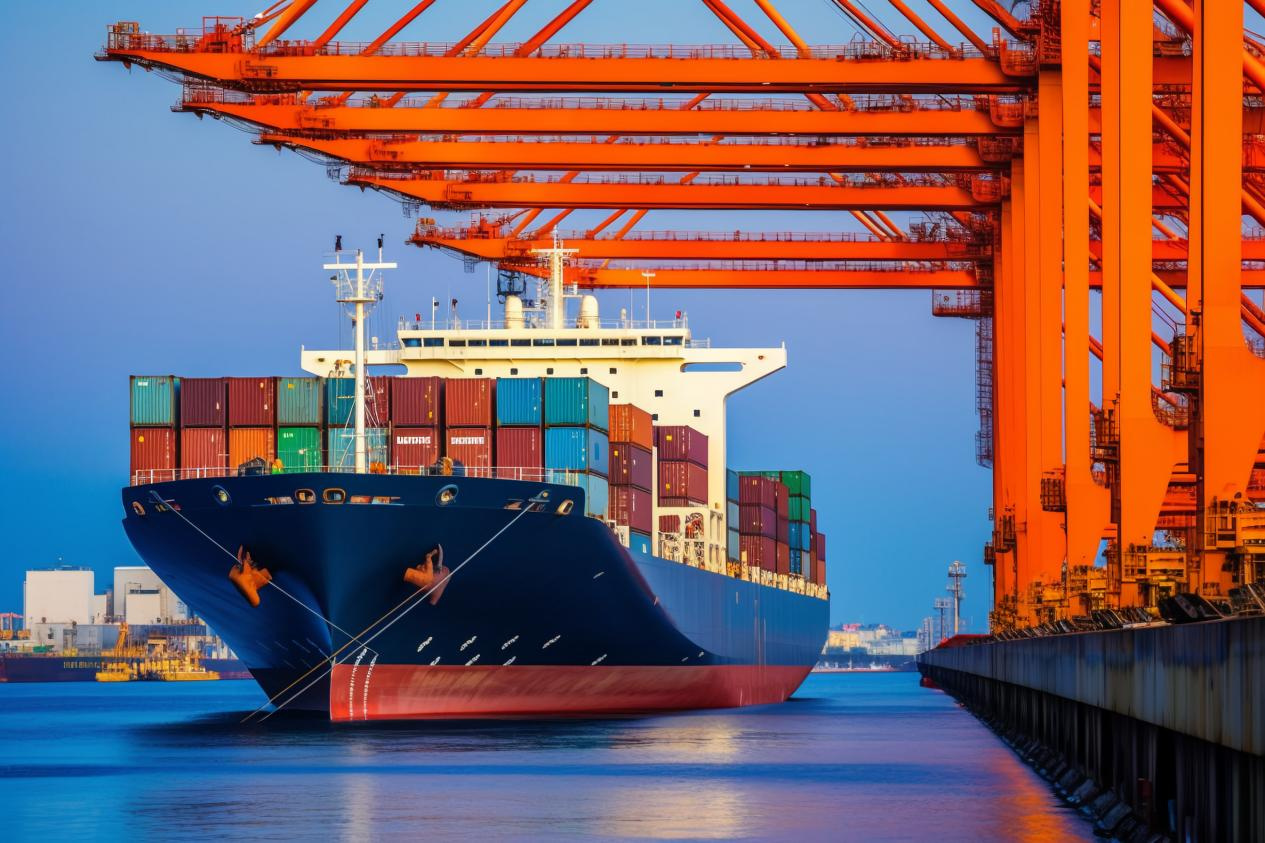
The ocean freight market typically exhibits distinct peak and off-peak seasons, with freight rate increases usually coinciding with the peak shipping season. However, the industry is currently experiencing a series of price hikes during the off-peak season. Major shipping companies such as Maersk, CMA CGM, have issued notices of rate increases, which will take effect in June.
The surge in freight rates can be attributed to the imbalance between supply and demand. On one hand, there is a shortage of shipping capacity, while on the other hand, market demand is rebounding.

The supply shortage has multiple causes, with the primary one being the cumulative impact of disruptions caused by the situation in the Red Sea. According to Freightos, container ship diversions around the Cape of Good Hope have led to a tightening of capacity in major shipping networks, even affecting the rates of routes that do not pass through the Suez Canal.
Since the beginning of this year, the tense situation in the Red Sea has forced almost all shipping vessels to abandon the Suez Canal route and opt for circumnavigating Cape of Good Hope. This results in longer transit times, approximately two weeks longer than before, and has left numerous ships and containers stranded at sea.
Simultaneously, shipping companies' capacity management and control measures have exacerbated the supply shortage. Anticipating the possibility of tariff increases, many shippers have advanced their shipments, particularly for automobiles and certain retail products. Additionally, strikes in various locations in Europe and the United States have further intensified the strain on ocean freight supply.
Due to the significant surge in demand and capacity constraints, freight rates in China are expected to continue to rise in the coming week.
Post time: May-20-2024








